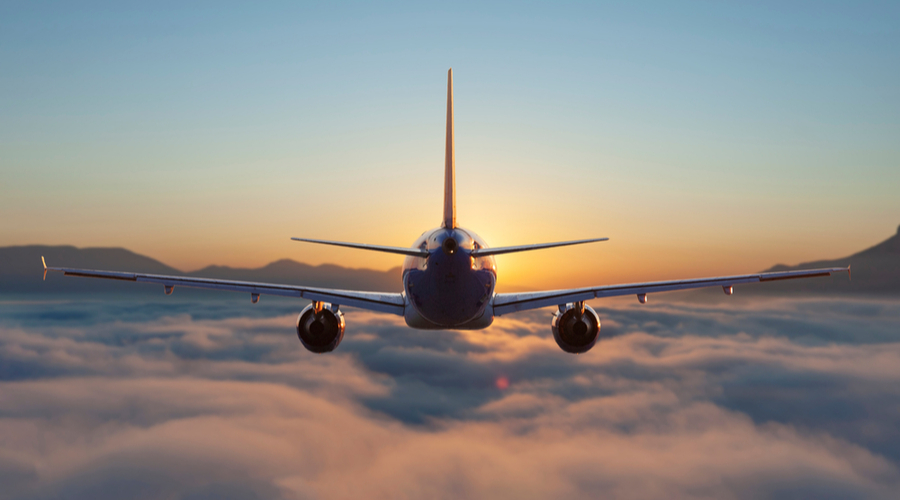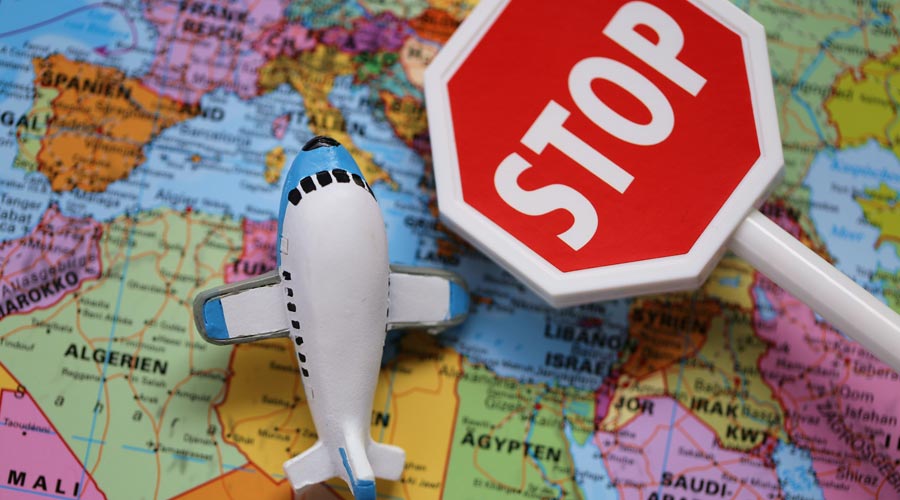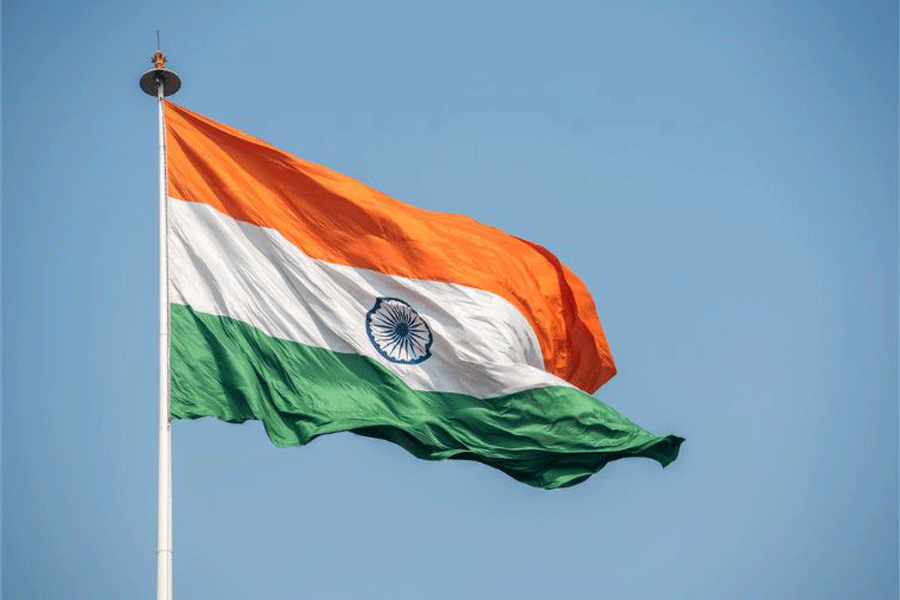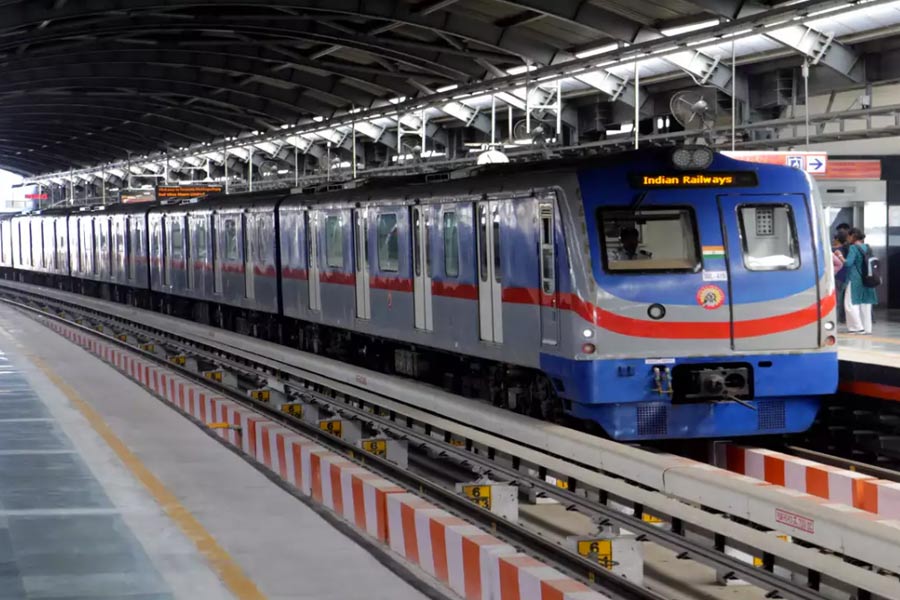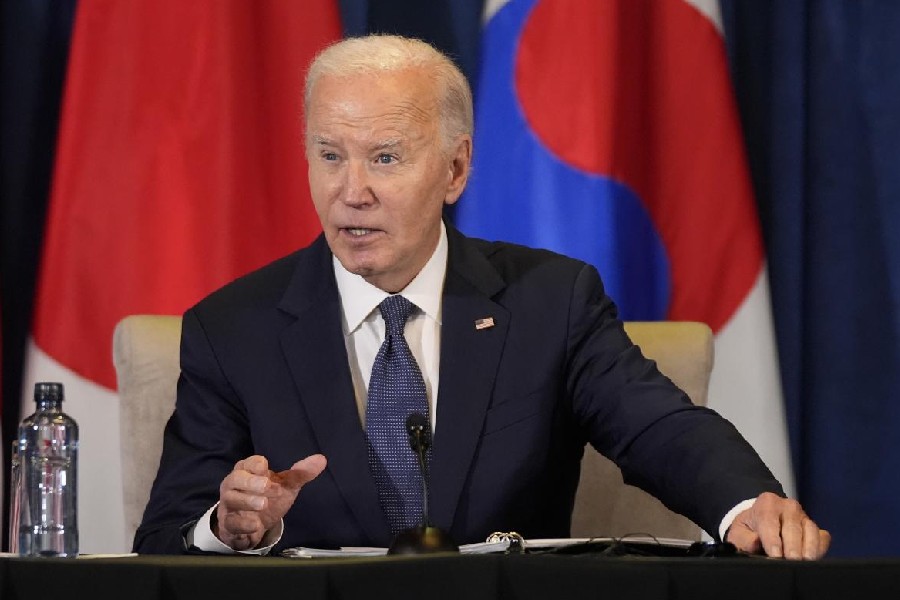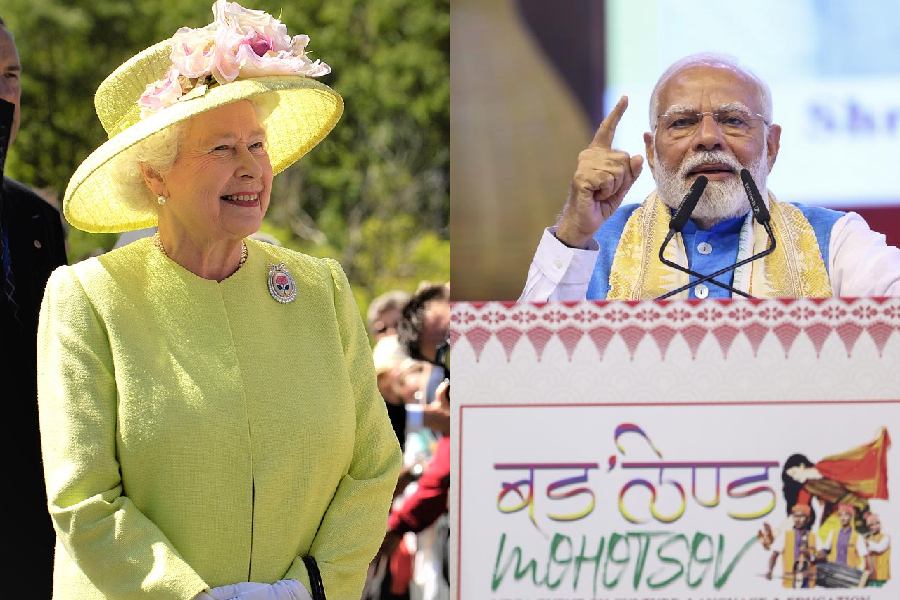Domestic airlines industry is expected to report a net loss of around Rs 15,000-17,000 crore this fiscal on account of elevated price of Aviation Turbine Fuel (ATF) and a weak rupee, a report said on Wednesday.
The losses for the industry in the previous fiscal were estimated at around Rs 23,000 crore, credit ratings agency Icra said in its report.
However, the debt levels for the industry are expected to be at around Rs 1 lakh crore (including lease liabilities) as on March 31, 2023, as per the ratings agency.
Any positive or negative movement in rupee against the US dollar and any increase or decrease in the jet fuel prices have a major bearing on the cost structure of airlines as in India, ATF accounts for around 45 per cent of the operational cost of an airline while as much as 35-50 per cent of the airlines' operating expenses are US dollar driven.
Two listed airlines -- IndiGo and SpiceJet -- have reported losses to the tune of Rs 1,064 crore and Rs 789 crore, respectively, in the June quarter of FY23, primarily owing to a weak rupee and higher jet fuel prices.
According to Icra, the domestic passenger traffic for Indian carriers reported a healthy 57.7 per cent year-on-year growth at 84.2 million in FY22 on the back of the fast pace of vaccination, lower incidence of fresh Covid infections, coupled with the declining intensity of the infection.
"Despite an expected improvement in passenger traffic, the industry is estimated to report a net loss of around Rs 150-170 billion in FY2023 (as against an estimated net loss of Rs 230 billion in FY2022), due to elevated ATF prices and the recent depreciation of Indian rupee vis- -vis the US dollar, both of which have a major bearing on the cost structure of airlines," said Suprio Banerjee, Vice President and Sector Head, Icra.
On a year-on-year basis, in Q1 FY23, the domestic passenger traffic was higher by 2.04 times at 32.5 million while it was short by around 7 per cent compared to the pre-Covid level (Q1 FY20).
With the back-to-normalcy in the operating environment driven by the waning effect of the pandemic, domestic passenger traffic is expected to witness YoY growth of 52-54 per cent in FY23, the ratings agency said.
"A fast-paced recovery in domestic passenger traffic is expected in FY2023 aided by improving demand in both leisure and business travel segments. This is attributable to the receding infection level and consequent normalcy in the operating environment," it added.
In the current fiscal, the cost headwinds resulted in an increase in air fares, with domestic yield in the first quarter expected to have increased by 25-30 per cent over pre-Covid levels.
While the civil aviation ministry has discontinued the fare restrictions with effect from August 31, a sharp hike in air fares will be deterred by the intense competition and airlines' endeavours to maintain and/or expand their market shares, Icra said.
With the decline in the industry debt levels towards the end of FY22 on account of notable reduction in debt of Air India Limited before its sale, the interest burden in FY23 is expected to be lower.
Icra said it expects the recovery in domestic passenger traffic to pre-Covid levels by FY24.
Further, with the resumption of scheduled international air operations for Indian carriers since March 27, 2022 and the reversion to bilaterally agreed capacity entitlements, the international passenger traffic for Indian carriers is on a strong growth trajectory due to pent-up demand and is expected to reach or marginally surpass pre-Covid levels in FY23, as per the ratings agency.
However, an area of concern is the elevated ATF prices, which are currently at around Rs 124,400/KL compared to an average of Rs 74,171/KL in the previous year, which is a direct result of the increase in crude oil prices due to the ongoing geo-political issues such as Russia-Ukraine war, it said.
This apart, the recent depreciation of the Indian rupee vis- -vis the US dollar will have a major bearing on the cost structure of airlines, it said and added that this aside, some airlines also have foreign currency debts.
Despite the significant improvement in passenger traffic, the revenue per available seat kilometre cost per available seat kilometre (RASK-CASK) spread for the Indian carriers in FY23 is expected to be unfavourable, owing to the significant surge in costs and the limited ability of the airlines to pass on the same to the customers, Icra noted.

